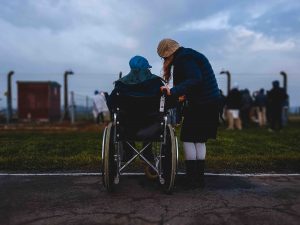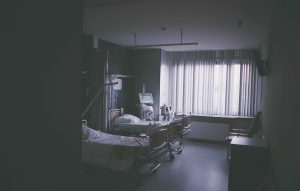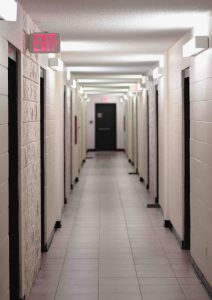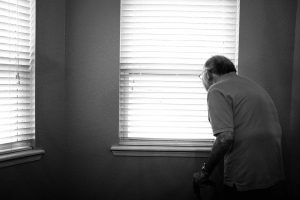 If you are in the process of looking for a nursing home or assisted-living facility in Los Angeles County for a loved one, it can be difficult to know how to choose the best facility and how to assess the risks of nursing home abuse at a particular place. Given that nursing home abuse and neglect can happen in some of the most seemingly luxurious and upscale facilities, it is important to keep in mind that the cost of care alone is not necessarily a predictor of senior safety in the facility. However, according to a recent article from Reveal News, a study conducted by The Center for Investigative Reporting suggests that one clear indicator of safety issues in a nursing home or assisted living facility may be the way the facility treats its workers.
If you are in the process of looking for a nursing home or assisted-living facility in Los Angeles County for a loved one, it can be difficult to know how to choose the best facility and how to assess the risks of nursing home abuse at a particular place. Given that nursing home abuse and neglect can happen in some of the most seemingly luxurious and upscale facilities, it is important to keep in mind that the cost of care alone is not necessarily a predictor of senior safety in the facility. However, according to a recent article from Reveal News, a study conducted by The Center for Investigative Reporting suggests that one clear indicator of safety issues in a nursing home or assisted living facility may be the way the facility treats its workers.
In short, “operators of senior . . . homes that violate labor laws and steal workers’ wages . . . often also endanger or neglect their residents, sometimes with dire consequences.” We want to say more about the study and to discuss ways of identifying potential safety concerns in nursing homes.
U.S. Department of Labor Cases and Nursing Home Abuse Reports in California
 Southern California Nursing Home Abuse Lawyer Blog
Southern California Nursing Home Abuse Lawyer Blog















